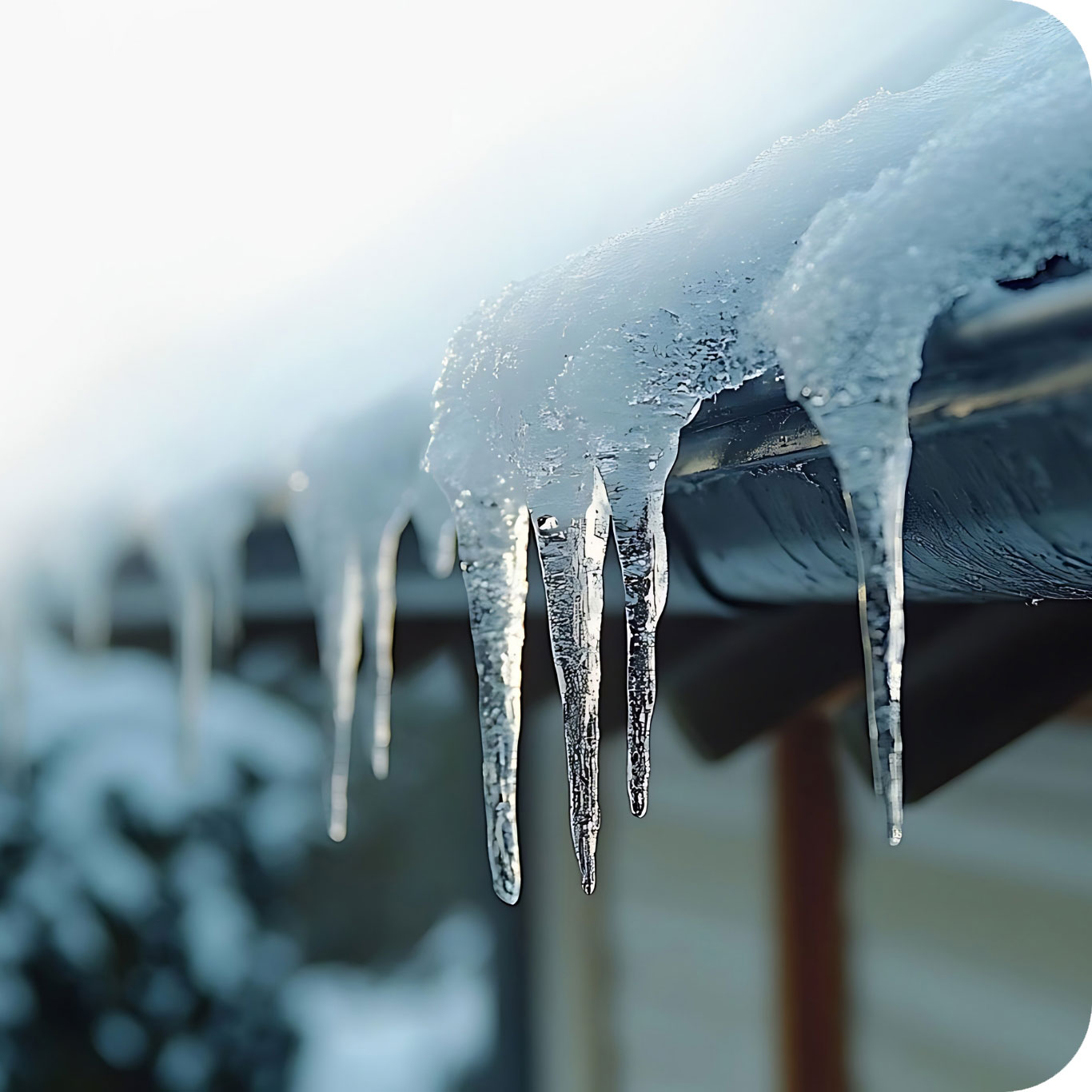While the weather is good, audit/test your heat trace system to ensure it’s in good shape for the next time.
Drexan Heat Trace Cable is the most durable and longest lived heating cable on the market. Our unique manufacturing procedures include vacuum extrusion processes under full voltage that produce consistent wattage outputs without hot or cold spots. An ultrathin polyurethane layer over heater core to prevent premature oxidization. Tight and even ground-braiding processes and stringent QA procedures ensure that only the highest quality cables leave our plant.
The following testing information is clipped from the complete testing and troubleshooting document which is available for download at Drexan Testing and Troubleshooting Guide
TESTING SELF-REGULATING CABLE
* If testing an existing installed system. First ensure you have followed proper safety procedures to disconnect power source to cable to prevent personal injury or damage to equipment
To test cable, connect the positive lead from your 500VDC megger to a buss wire and the negative lead to ground braid, then repeat for other buss wire. A minimum readings of 20 M Ohms for each circuit is acceptable.
A test should be performed when the heating cable is received, prior to installation and after installation using a 500 VDC megger.
Note: Do not use a megger in excess of 2500 VCD.
Detecting cable damage prior to the application of insulation can prevent additional labor costs.
Minimum readings of 20 M Ohms for each circuit is an acceptable level to test for.
A record should be kept of the reading after the cable has been installed. This reading can be used as a reference point when taking future readings during regular maintenance
.
A history of resistance readings can be useful in spotting moisture ingression into the cable from either junction boxes or physical damage to the cable.

